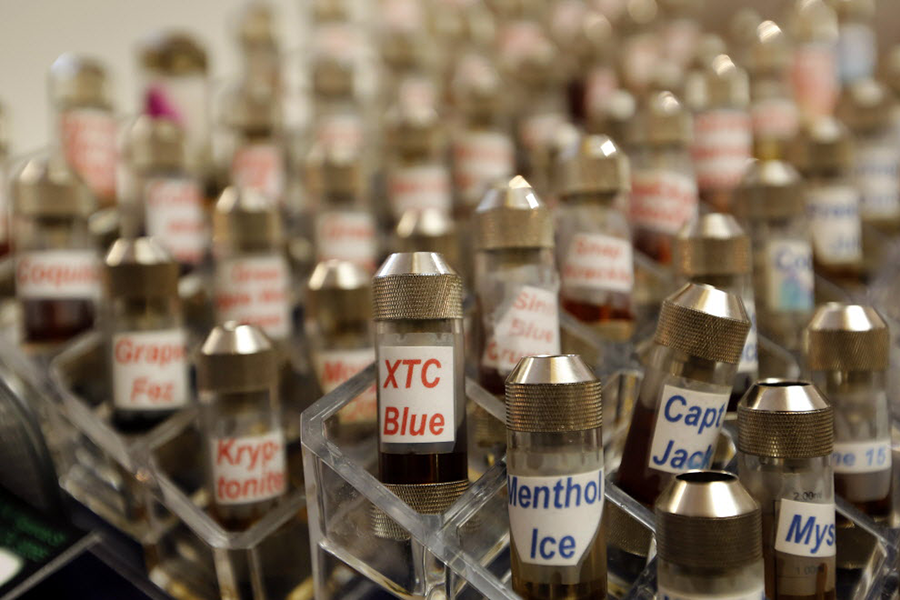Vaping leads teens to smoking, new study says
Loading...
The link between teens vaping and smoking cigarettes could be closer than many initially thought.
A study published Tuesday in the Journal of the American Medical Association suggests that teens who regularly smoke e-cigarettes are far more likely than their peers who don't to pick up a traditional smoking habit. While vaping has been marketed as a safer alternative to traditional cigarettes, these findings echo “gateway drug” concerns some health experts and the Center for Disease Control have put forward in their criticism of the habit.
“It’s such an emerging public health issue,” Adam Leventhal, the director of the Health, Emotion and Addiction Laboratory at the Keck School of Medicine at the University of Southern California and the study’s lead author, told Time magazine. “These teens aren’t just experimenting – a significant portion are progressing to more regular levels of smoking.”
Using interviews conducted with 3,000 high school students in Los Angeles County, researchers determined that one-third of sophomores had tried an e-cigarette at least once, and 5 percent said they vaped more than twice in the past month. When researchers circled back six months later, they found that 20 percent of the frequent e-cigarette users had picked up a frequent smoking habit, and 12 percent more had become occasional smokers.
Only 2 percent of those who had never vaped start smoking cigarettes by the end of the same year.
Researchers say it’s not quite clear what factors are pushing those who vape to start smoking cigarettes. Some have argued that nicotine in e-cigarettes leads those who vape to become addicted and seek out cigarettes, but there are many teens who vape nicotine-free solutions for their flavors.
“Compare that to teens who had never vaped: when they start smoking, the nicotine might be unpleasant to them because they’re not used to it,” Dr. Leventhal said. But using the products without nicotine may still make teens “more inclined to experiment with other tobacco products.”
The findings also provide information to back up health officials' concerns over the product. Over the summer, the FDA began a push to ban the sale of e-cigarettes to minors, arguing that they could entice young people to pick up smoking. The CDC's director, Tom Frieden, publicly raised concerns over the devices and their potential to make young people more susceptible to smoking.
“The use of e-cigarettes in kids appears increasingly likely to result in an increased risk of using regular cigarettes,” he said at a press briefing in January. “They are not harmless.”






